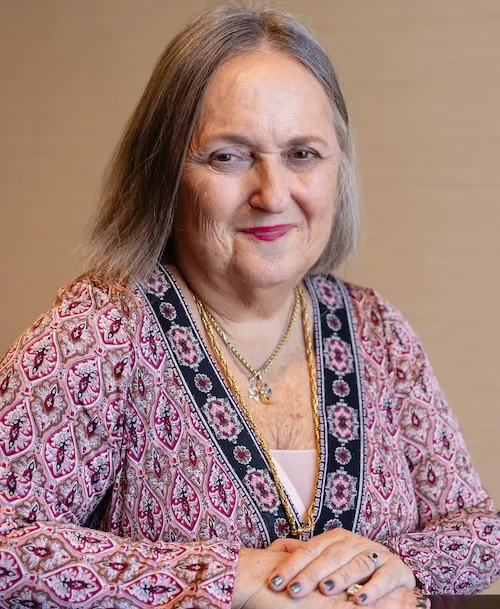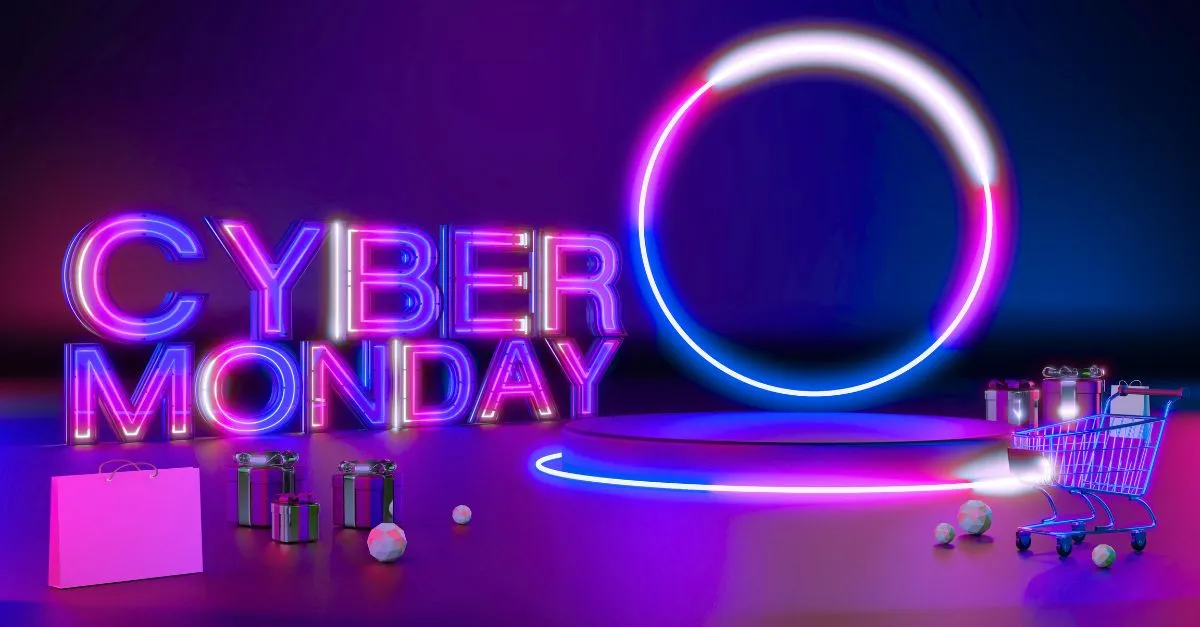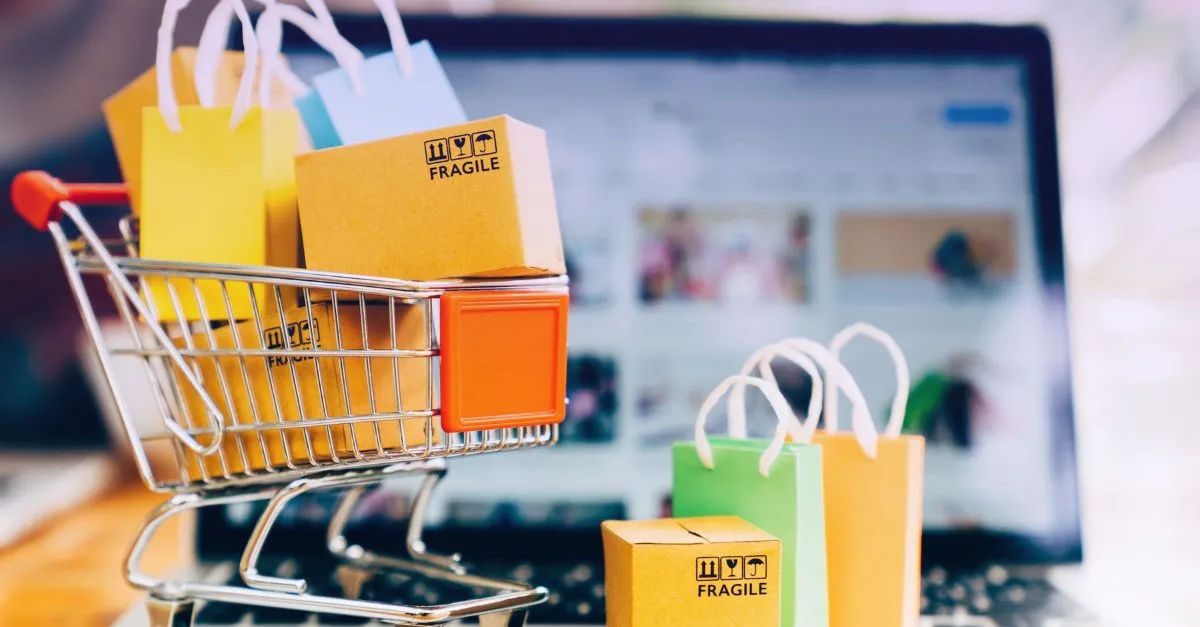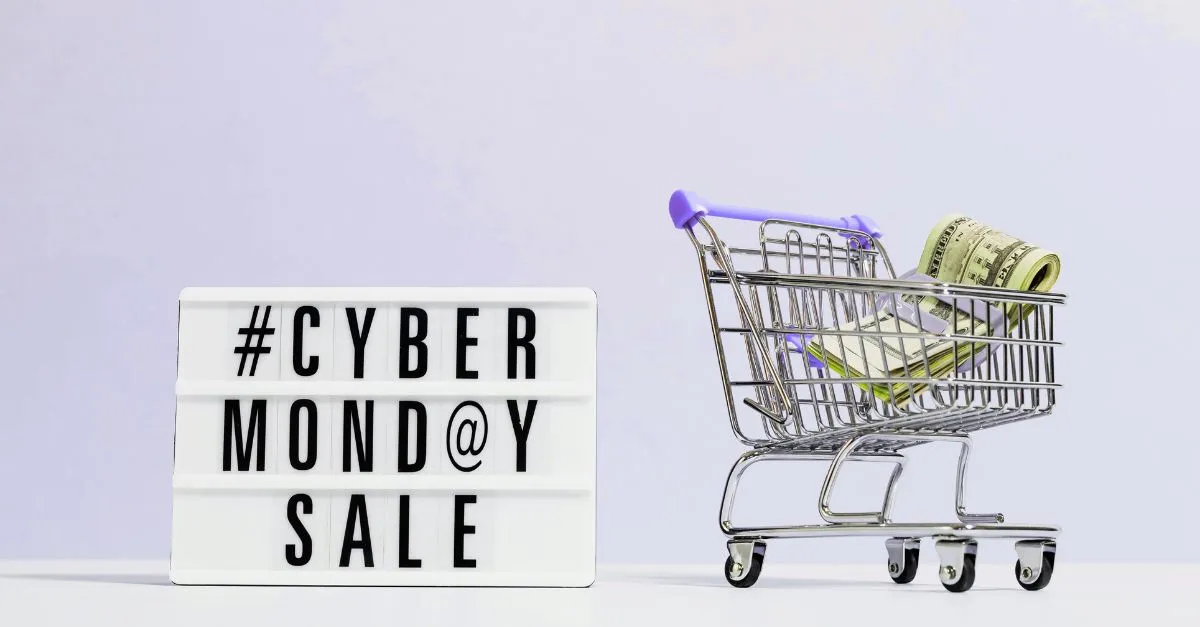How to Build Accessibility Into Your Fashion Brand
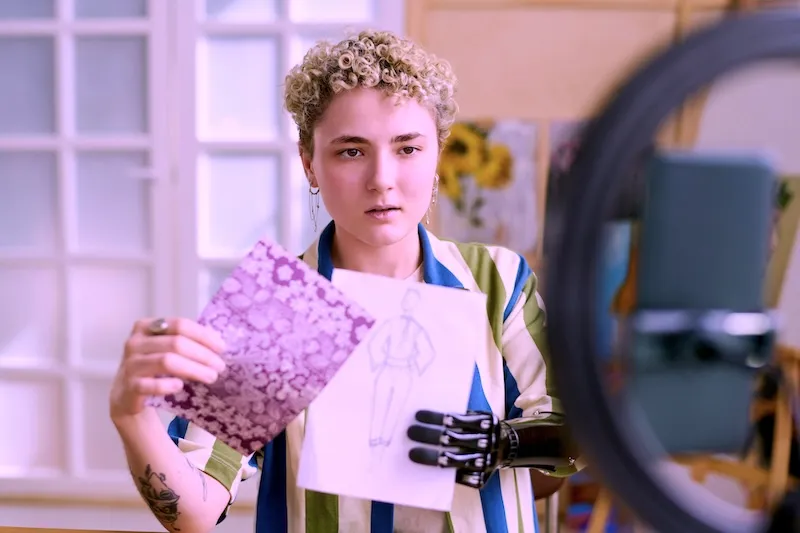
The fashion industry is evolving at an unprecedented rate with fast fashion trends and ecommerce, providing an easy-to-use avenue for purchasing. Within the fashion industry, accessibility is no longer an optional feature, but a vital component for innovation. Incorporating accessibility into your fashion brand aligns you with ethical practices and taps into the expanding market, enhancing brand reputation, revenue, and inclusivity. Clearco had the opportunity to chat with Pamela Shainhouse, founder of The Shainhouse Group (a division of Allistyle Inc.) at the Fashinnovation event during Fall NYFW 2024 where she emphasized the importance of accessible fashion.
Why Does Accessibility in Fashion Matter?
Fashion has always been about self-expression and empowerment. Yet, for people with disabilities or unique body types, traditional fashion often excludes them from this narrative. Pamela Shainhouse notes:
“Adaptive fashion is fashion that is made to assist disabled individuals so they can dress more easily. It allows people to participate fully in all aspects of life and challenges the narrow societal definition of beauty.”
With the adaptive clothing market poised to grow from $15.8 billion in 2024 to $29.8 billion by 2031, fashion brands that prioritize accessibility are positioning themselves at the forefront of an inclusive movement.
How is AI Transforming Accessible Fashion?
AI-powered tools are transforming accessible fashion through innovations like customized designs that analyze body measurements to create tailored garments for diverse needs. Virtual try-ons using augmented reality (AR) fitting rooms enable customers with limited mobility or sensory sensitivities to visualize how clothes will fit, enhancing their shopping experience. Additionally, AI algorithms can identify underserved demographics, such as the disabled and elderly, guiding brands toward creating more inclusive and adaptive collections.
At the fall 2024 Fashion Week NYC, Clearco observed how technology and creativity combined to redefine accessible fashion. Pamela Shainhouse noted:
“Any new fashion brand must do their homework and take a look at everything that is changing the industry, particularly in the area of accessibility.”
Practical Steps to Build Accessibility into Your Brand
- Understand Adaptive Fashion: Accessible fashion is more than just functional design, it’s a philosophy that values dignity and independence. Features like velcro closures, magnetic buttons, stretchable fabrics, and detachable arms or pant legs allow for customized comfort and easy dressing.
- Engage with the Community: Collaborate with individuals who have lived experiences of disabilities to gain insights. Listen to customers who have different viewpoints and take into consideration what underrepresented communities have to say. As Pamela Shainhouse, herself having a physical disability, advises:
“Brands need to listen to their customers… and look at the unique demographics that are part of the fashion industry.”
- Start Small: Introduce a few adaptive pieces to test the waters. Target, JC Penney and Kohl’s are examples of mainstream brands successfully integrating accessibility.
- Leverage Partnerships: Form alliances with accessibility-focused organizations or consultants (like Pamela Shainhouse) to refine designs and reach new audiences.
- Promote Inclusivity at Fashion Events: Fashion weeks, such as those in NYC, are powerful platforms to showcase accessible collections. Pamela Shainhouse recalls her groundbreaking 2012 size-diverse Allistyle Toronto Fashion Week runway show, which set a precedent for inclusion.
Accessibility is a Business and Social Imperative
The disabled community (with invisible or visible disabilities) represents 1 in 10 people in the U.S. and 1 in 4 in Canada. Ignoring this demographic means overlooking a substantial and growing market. As Pamela Shainhouse explains:
“The marketplace for disability-wear is growing exponentially, along with the senior population. There is a huge need for clothing that is easy to wear.”
By addressing these needs, brands don’t just foster loyalty but also contribute to reshaping societal norms of beauty and ability. The future of accessible fashion is promising. As AI, inclusive design, and advocacy gain momentum, brands must recognize that accessibility is no longer a niche - it’s the frontier. Pamela Shainhouse puts it succinctly:
“Brands need to open their eyes and embrace the demographics that are so easily forgotten.”
Thinking Accessibility-First is Key to Success for Brands
Building accessibility into your fashion brand is a step toward a more inclusive, innovative, and prosperous future. By coining technology, community engagement, and adaptive design, you can create fashion that truly empowers everyone.

